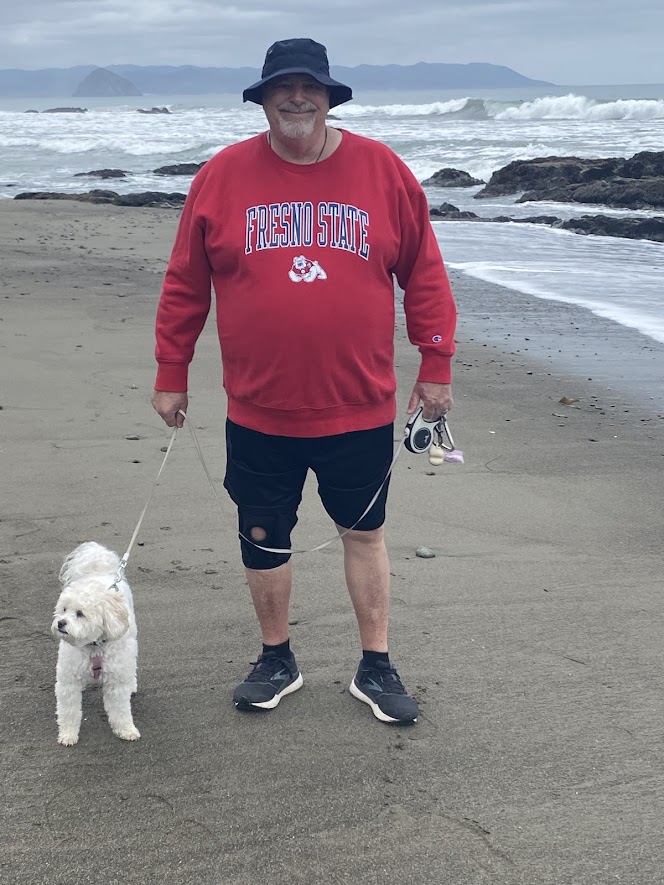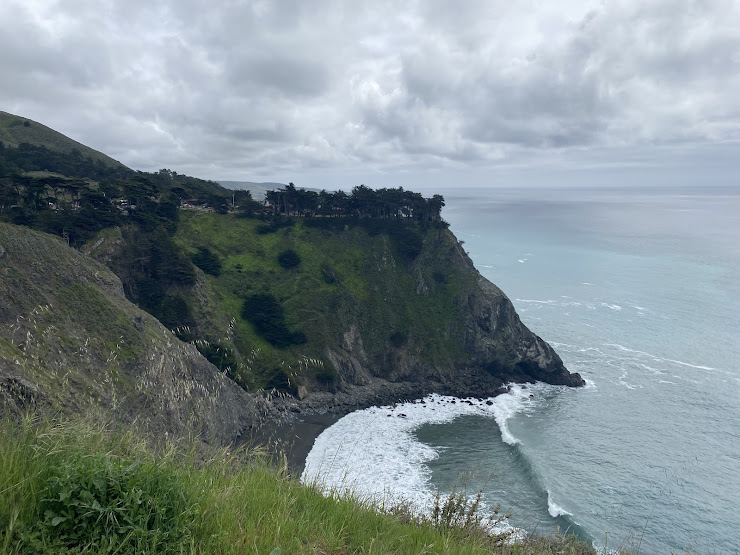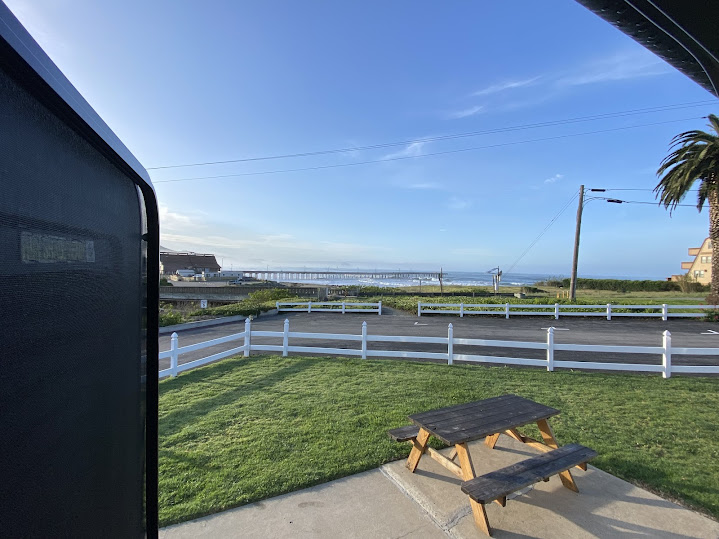For Sale
2008 Toyota FJ Cruiser, Sun Fusion, Automatic Transmission, Four Wheel Drive
One owner, purchased new on Dec 6, 2008 with 28 miles when we bought two new Toyotas, one for me and the other for my wife. Currently, just under 148,000 miles. Non-smoker. Located near Fresno, Calif. Based in California the entire time, so no east coast frame rust issues. The FJ has been gently off-roaded with NO rock crawling (not my thing) and no beach sand.
Toyota dealer maintained (usually Toyota of Selma) including the last service on July 31, 2025 where it received a great inspection report with no issues. In preparation to sell, it had a successful smog test on August 30, 2025.
Some gentle modifications.
External:
A Toytec 3” lift was installed in 2015, that has been awesome. Due to purchasing a small travel trailer in the fall of 2022, the very competent Nestor Angeles replaced the rear springs with an Icon Vehicle Dynamic 52800, 3" Lift Dual Rate Coil Spring Kit.
Total Chaos Upper Control Arms.
Dual 4-pin and 7-pin trailer plug installed, along with a dashboard mounted Redarc Tow-Pro Elite electric trailer brake controller.
Five new BFG K03 285/70R/17 tires on March 11, 2025. 5-tire rotation on September 3, 2025.
Califabrication rear links and body mount chop (BMC).
Chitown4x4 Rotopax gas can mounts with two 4-gallon Rotopax plastic gas cans and storage pod with a locking bracket. Includes a drop in bracket for an “off-road” flag mount (flag included).
Rigid brand roof lights also installed by regional craftsman Nestor Angeles. The side lights are floods and work. The center light does not work, and was a combined beam and flood, but was damaged in a car wash several years ago. That light pod currently sells for about a $1,000. I could have replaced it, but I would have had to raise the price of the FJ. Since purchasing the off-road lights, newer curved and more efficient lights are available, so you can choose your own options if needed. Wiring for it runs through the roof with the Toyota installed plug for the original air dam and roof lights.
Tru-Cool LPD Transmission Oil Cooler 4454 18,000 GVW, (auxiliary transmission cooler) installed by Nestor Angeles.
Toyota branded brush guard and bumper mounted driving lights.
Baja Rack drop-in roof basket.
All Pro APEX rock sliders with filler plates.
RCI skid plates (with extra mounting bolts package).
Fumoto engine oil drain valve.
Toyota TRD door sill protectors added.
LED backup/reverse lights.
Hi-Lift jack and accessories.
2-Maxtrax traction boards and assorted recovery gear.
Viair air compressor.
Interior:
Console mounted CB radio with a classic “Bandi” mount with a quick disconnect antenna originally installed by Red Monkey in Fresno. Tuned and balanced about a year ago by Airtime Communications in Merced. Two different antennas included, a long metal whip antenna and a shorter Firestick.
Overhead VisorShelf.
Garmin Dash Cam 47 (front facing).
Bulletpoint Mounting Solutions dash mount Phone and Device Holder with assorted arms and phone charger.
Dashboard mounted Panavise device bracket with phone charging cradle.
Orangeboxx molle rack on driver’s side of the back compartment. A 10-lb ABC fire extinguisher is mounted on it with room for other things. Why a 10-lb extinguisher? Because those little auto parts store extinguishers are a joke when it comes to actually trying to extinguish a fire.
Original Toyota FJ floor mats and original Toyota “FJ” driving light covers.
Audio head unit Sony XAV-AX6000 and backup camera installed by Audio Innovations, Fresno.
Fuse box cover replaced with coin holder.
LED interior lights.
Tuffy security console/armrest.
Several other goodies included some purchased but not yet installed.
Two FOB keys with extra batteries and a Valet key. And, (gasp!) both original cup holder inserts!
It’s 17 years old, so of course there is some normal FJ wear and tear on the driver’s seat, the windshield has a couple chips that were patched well by Safelite, and it has a couple badge of honor trail “pinstripes” that are hardly visible.
The roof has no leaks.
Excel spreadsheet sheet with mileage and expenses (except for a dead hard drive issue about ten years ago).
I truly thought I would never sell the FJ. The only reason we are selling the FJ is because we recently bought a travel trailer that is heavier than our last one and it’s just too much for the FJ to pull.
The FJ was purchased while working and living in Yosemite National Park, hence the plates YOSE FJ. If you want to keep the plates, fine. If not, I’ll hang them in my garage. I’ll also turn over the Facebook page to you if you want.
Off road adventures include multiple meetings with the Las Vegas FJ Cruiser crowd for touring ghost towns and mines. I explored the “east side” of the Sierra Nevada on my own and with the Nor Cal. FJ Cruiser forum group, and we attended the 2015 FJ Cruiser Summit in Ouray, Colorado.
Buy it in the morning, do the DMV, and be at Bald Mountain for sunset—if it’s open (local joke).
$16,000.




















































